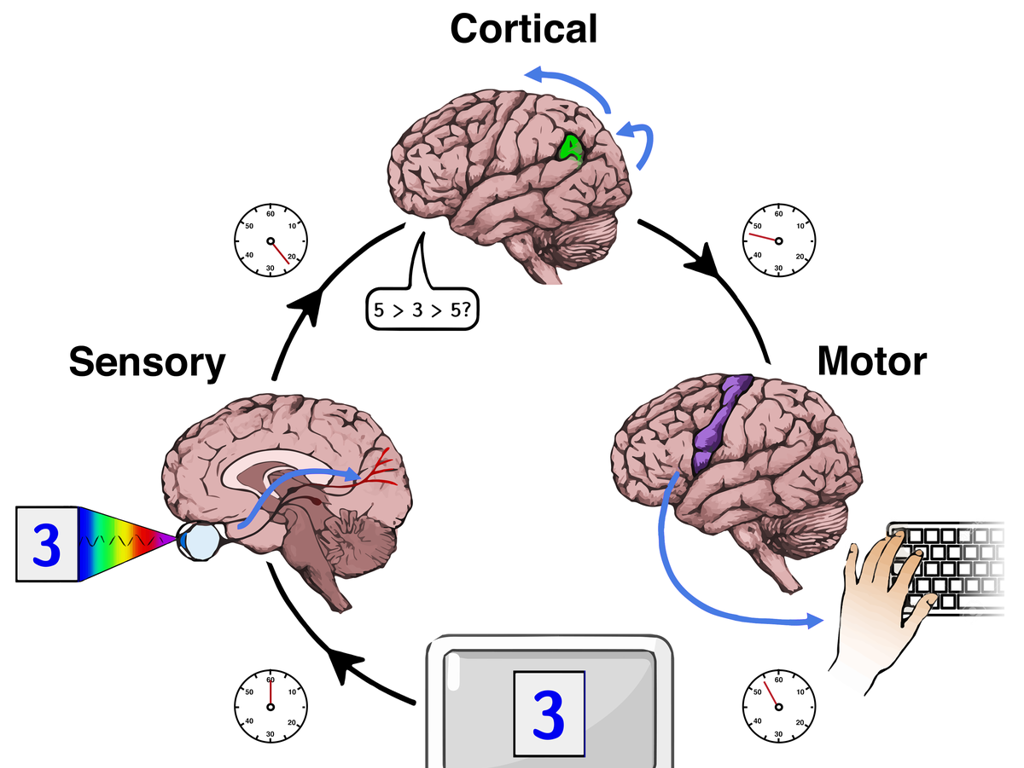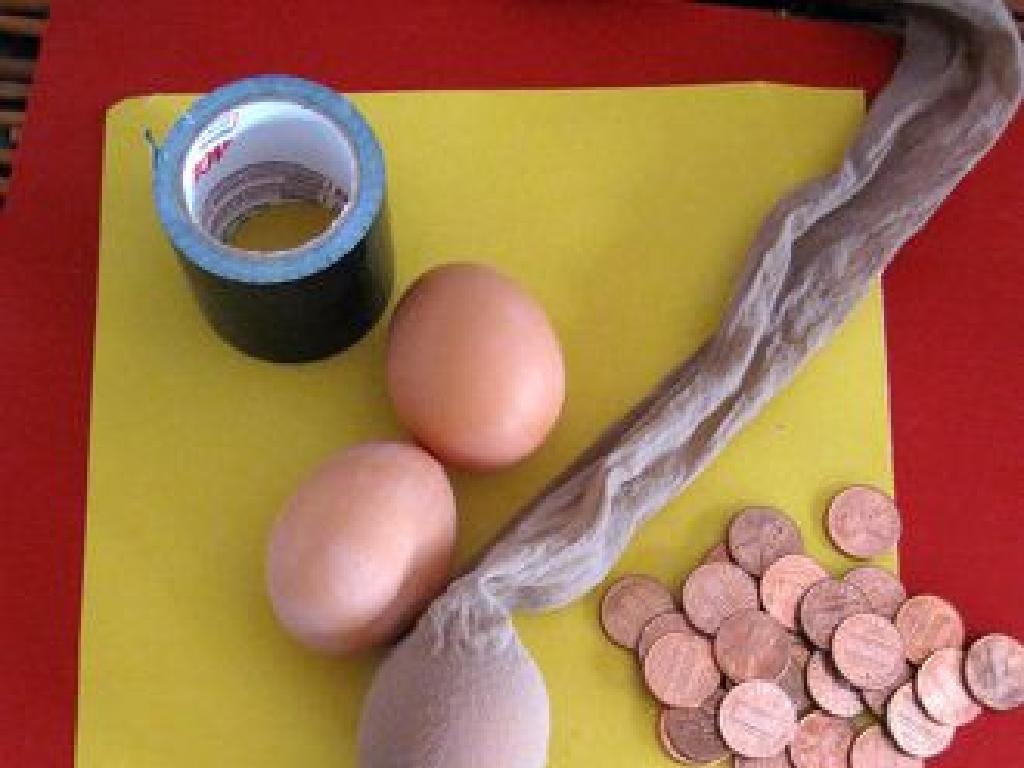Blend Onset And Rime Together To Make A Word
Subject: Language arts
Grade: First grade
Topic: Blending And Segmenting
Please LOG IN to download the presentation. Access is available to registered users only.
View More Content
Welcome to Blending Sounds!
– Learning to blend sounds
– Blending is like a word smoothie
– Just like blending fruits makes a smoothie, we blend sounds to make words.
– Become a word chef
– We’ll combine sounds like ‘chefs’ mix ingredients.
– Mix sounds to make words
– Practice with sounds ‘b’ and ‘at’ to make ‘bat’.
|
This slide introduces the concept of blending sounds to create words, a fundamental skill in reading. Explain blending as combining the onset (the beginning sound of a word) and the rime (the rest of the word) to form a complete word. Use the analogy of making a smoothie or cooking to make the idea of blending more relatable and fun for first graders. Emphasize the importance of smooth transitions between sounds to create clear words. Engage the students with interactive activities where they act as ‘word chefs,’ blending sounds to ‘cook up’ new words. Provide examples and encourage them to try blending sounds on their own or with a partner.
Blending Sounds: Onset and Rime
– Onset: First sound in a word
– The onset in ‘dog’ is ‘d’
– Rime: Follows the onset
– ‘og’ is the rime in ‘dog’
– Example: Word ‘cat’
– ‘c’ is the onset and ‘at’ is the rime
– Blending: Making a whole word
– Combine ‘c’ and ‘at’ to say ‘cat’
|
This slide introduces the concept of onset and rime, which are foundational for understanding how to blend sounds to form words. Onset is the initial consonant sound of a word, while the rime is the string of letters that follow, usually a vowel and any subsequent consonants. Use the word ‘cat’ as an example to illustrate the concept. ‘C’ is the onset and ‘at’ is the rime. Emphasize the importance of blending the onset and rime smoothly to read the word correctly. Practice with different examples, and encourage students to clap as they say the onset and rime separately, then blend them together. This kinesthetic activity helps reinforce the blending concept.
Blending Sounds to Form Words
– Begin with the onset sound
– The onset is the first sound, like ‘c’ in ‘cat’
– Add the rime to the onset
– The rime is the chunk that follows, like ‘at’ in ‘cat’
– Say onset and rime quickly together
– Blending ‘c’ and ‘at’ quickly makes the word ‘cat’
– Practice makes perfect
|
This slide introduces the concept of blending sounds to create words, which is a fundamental skill in reading. Start by explaining the onset, which is the initial consonant sound of a word, and then introduce the rime, which is the vowel and any following consonants. Demonstrate how to blend the onset and rime together to form a word. Practice with the class using examples like ‘c-at’, ‘b-at’, ‘h-at’, ensuring they understand the concept of blending. Encourage students to practice with different onsets and rimes to build their decoding and word recognition skills. This activity can be turned into a fun game where students race to blend words correctly.
Let’s Practice Blending!
– Say onset and rime separately
– Blend them to form a word
– Example: ‘s’ + ‘un’ = ‘sun’
– ‘s’ is the beginning sound, and ‘un’ is the ending part. Together, they make ‘sun’.
– Your turn with ‘b’ and ‘ig’
– Combine ‘b’ at the start with ‘ig’ at the end. What word do we get?
|
This slide is designed to help students practice the concept of blending, which is combining the onset (the initial consonant sound) and the rime (the following vowel and consonants) to form a word. Start by demonstrating with the word ‘sun’, clearly pronouncing the onset ‘s’ and the rime ‘un’ separately before blending them together. Then, invite the students to try with the onset ‘b’ and the rime ‘ig’. Encourage them to say the sounds separately and then blend them to say ‘big’. This exercise helps students understand how different parts of words come together to make sounds and meanings.
Fun with Blending Game
– Look at the onset and rime
– Say them out loud separately
– Now, let’s blend them together
– Blending helps us form complete words
– Shout out the new word!
|
This slide introduces a classroom activity designed to help first graders practice blending onsets and rimes to form words. Start by writing an onset (the beginning sound of a word) and a rime (the ending part of a word) on the board. Have the class pronounce each part separately and then blend them together to form a whole word. For example, write ‘s’ (onset) and ‘at’ (rime) on the board, say them separately as /s/ and /at/, and then blend to make ‘sat’. Encourage the students to participate actively by shouting out the word once they’ve blended the sounds together. This interactive approach helps students understand how different sounds combine to create words and reinforces their phonemic awareness. Prepare a list of simple onsets and rimes that the students can easily blend, and consider turning this into a game where students can earn points for their team by correctly blending words.
Blending with Our Bodies
– Stand up and get ready
– Arms show onset and rime
– Onset is the start sound, rime is the rest of the word
– Clap to blend the sounds
– Clapping combines the sounds into one word
– Create words together
|
This slide introduces a kinesthetic activity for blending phonemes using body movements. Have the children stand up to engage in the activity. Explain that the onset is the initial consonant sound of a word, and the rime is the following part of the word that contains the vowel and any final consonants. Demonstrate with an example, such as ‘c’ (onset) and ‘at’ (rime) to blend into ‘cat’. As you say the onset, move one arm, and as you say the rime, move the other. When you clap, the word is blended together. This physical activity helps reinforce the concept of blending sounds to form words. Prepare a list of simple words to practice with the class, ensuring a variety of onsets and rimes are included to provide a comprehensive understanding of the blending process.
Story Time: Blending in Action
– Listen to the story attentively
– Thumbs up for blended sounds
– When you hear /c/ + /at/ makes ‘cat’, show thumbs up!
– Count our blended words
– Enjoy learning new words
– Blending helps us read smoothly
|
This slide is for a class activity designed to help first graders practice blending sounds to form words. As you read a story to the class, pause at certain words and demonstrate how to blend the onset and the rime to pronounce the word. Encourage the students to listen carefully and give a thumbs up every time they hear a blended word. This interactive activity helps students recognize blended sounds in a fun and engaging way. Keep track of how many words the class blends together to add a sense of achievement. After the story, discuss the words and reflect on how blending helps us in reading. Possible variations of the activity could include having students come up to the front to blend words or working in pairs to practice blending.
Word Chef Challenge: Blending Sounds
– Welcome to the Word Kitchen
– Your challenge: blend sounds to make words
– Mix different onset and rime sounds like a chef mixes ingredients
– Partner up for word cooking
– Use letter cards to create words
– Combine the cards to form new, tasty words
|
In this engaging class activity, students will work in pairs to blend different onset (beginning sounds) and rime (ending sounds) to create new words, similar to how a chef combines ingredients to make a dish. Provide students with a set of letter cards and encourage them to experiment with combining them to form words. This activity helps reinforce their understanding of phonics and word formation. Possible activities include: 1) Word relay where pairs race to create words, 2) Mystery word where students guess a word their partner made by only hearing the sounds, 3) Word menu where each pair creates a list of ‘menu’ items with their new words, 4) Word swap where pairs exchange words and guess the components, 5) Sound chef where one student says the onset and the other adds the rime.
Review and Goodbye, Word Chefs!
– Celebrate our blending skills
– Blending makes reading fun
– Combining sounds helps read unfamiliar words
– Practice blending at home
– Try with different word ‘ingredients’ to cook up new words
– Excited to see you again!
|
This slide is meant to wrap up the lesson on blending onset and rime to form words. Congratulate the students on their hard work as ‘word chefs’ and reinforce the idea that blending is a fun and essential skill for reading. Encourage them to continue practicing at home with any words they encounter. Provide examples of simple words to blend at home, like ‘cat’ (c-a-t) or ‘hop’ (h-op). Remind them that every time they blend sounds to make a word, they become better readers. End the lesson on a positive note, expressing eagerness to see their progress in the next class.





